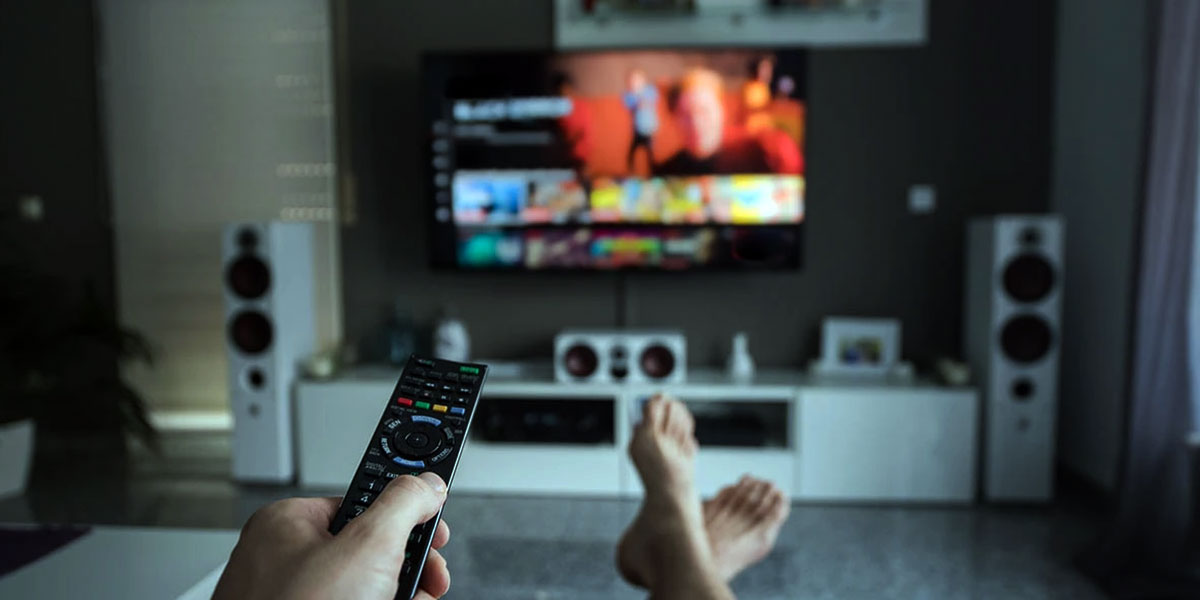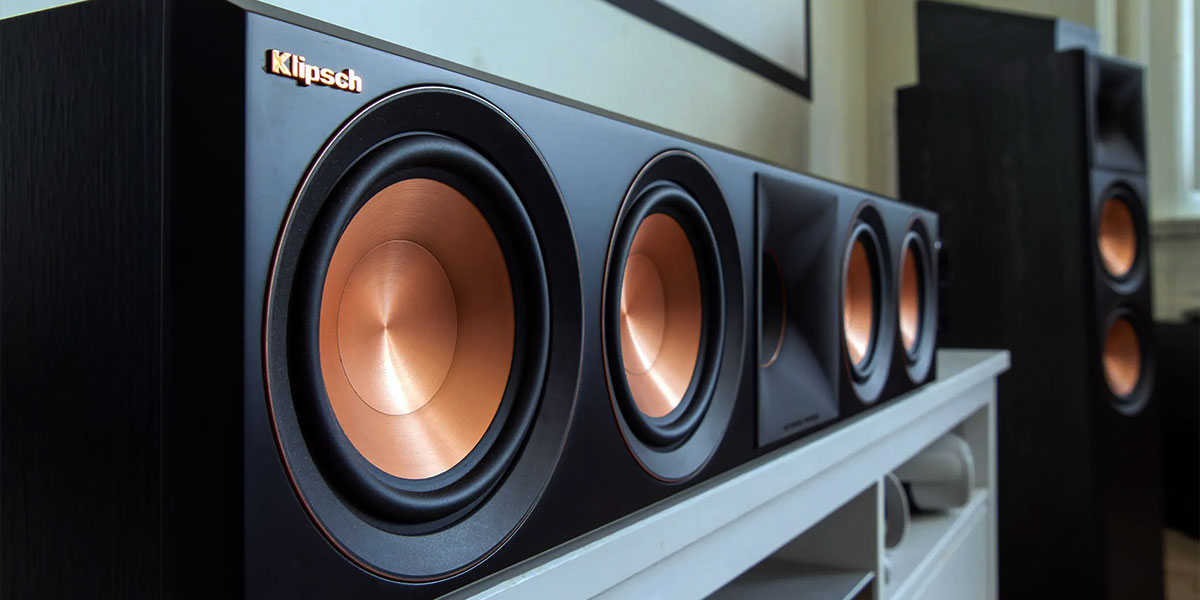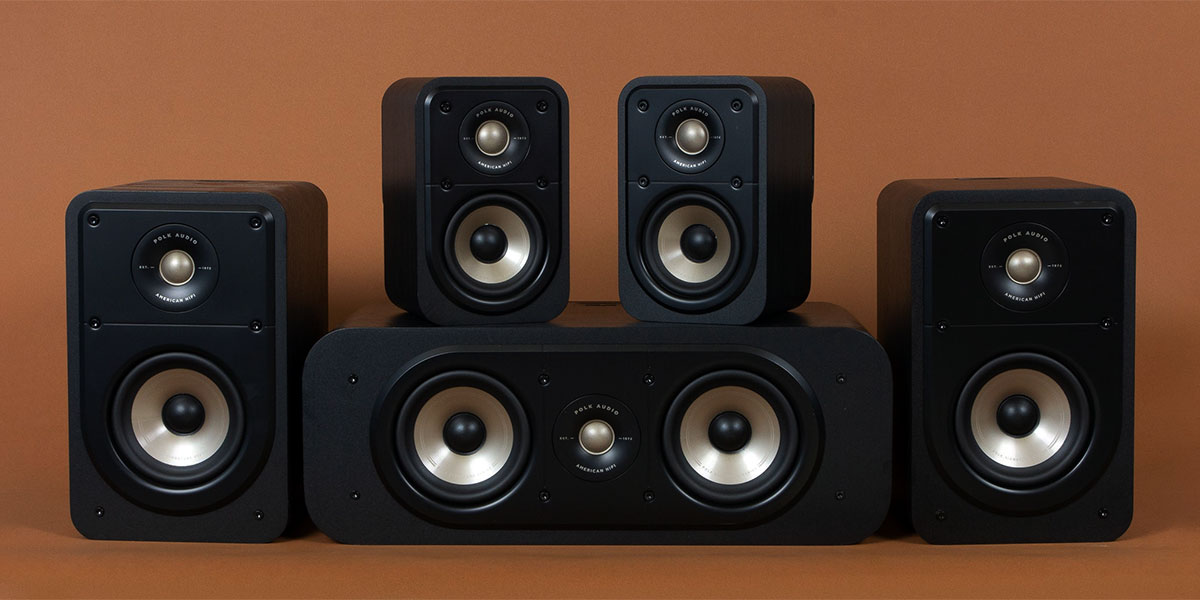
As an audio enthusiast, I understand the importance of achieving optimal audio performance and creating an immersive environment in my own home. That's why I want to guide you through the process of calibrating your 5.1 home theater system, so you can unlock its true potential and enjoy a truly captivating audio experience.
What stands behind the process of calibration?
In the context of the best 5.1 surround sound system, calibration refers to the process of fine-tuning and optimizing various audio parameters to ensure accurate and immersive sound reproduction. It involves adjusting speaker levels, distances, and other settings to achieve a balanced and cohesive audio experience.
Speaker Levels
Calibration involves balancing the sound levels of each individual speaker in the system. By adjusting the volume output of each speaker, you can ensure that the audio is evenly distributed and no single speaker overpowers the others. This balance enhances the spatial imaging and creates a more realistic and immersive audio environment.
Speaker Distances
Properly setting the distances between each speaker and the listening position is crucial for achieving accurate sound localization and time alignment. By measuring the physical distances and inputting them into the system, the audio receiver can calculate the time delay needed for the sound to reach the listener's ears. This synchronization enhances the surround sound effect and helps create a seamless audio experience.
Bass Management
Calibration also involves configuring the bass management settings in the receiver. This includes adjusting the crossover frequency, which determines which speakers handle the low-frequency content, and setting the appropriate speaker size parameters. Proper bass management ensures a smooth transition between speakers and optimizes the performance of the subwoofer, resulting in a more balanced and impactful low-end response.
Test Tones and Listening Evaluation
Throughout the calibration process, test tones are played through each speaker individually, allowing you to verify their output and make necessary adjustments. Additionally, it's important to listen to various audio content, such as movies, music, or games, to evaluate the overall sound quality and make subjective tweaks based on personal preferences.
Preparing for Calibration
Before diving into the calibration process, it's essential to gather the necessary tools and familiarize yourself with the equipment. Proper preparation ensures a smooth and effective calibration process. Here are the key steps to take when getting ready:

Equipment Checklist
- Audio Calibration Disc - obtain an audio calibration disc that includes test tones and audio signals specifically designed for calibrating surround sound systems. These discs can be found online or purchased from audio equipment retailers.
- Sound Pressure Level (SPL) Meter: an SPL meter is a device used to measure the sound levels emitted by each speaker. It helps in balancing the volume output of the speakers and achieving consistent audio levels. You can purchase an SPL meter from audio equipment stores or use smartphone apps that offer SPL measurement functionality.
- Test Tone Generator: a test tone generator produces specific audio frequencies to test and calibrate individual speakers. It can be software-based or hardware-based, depending on your preferences. Test tone generators are often included in audio calibration software or available as standalone applications.
Start by reviewing the user manual or documentation specific to your surround sound system. This will give you a comprehensive understanding of the various audio settings, options, and controls available on your audio receiver. By gaining this knowledge, you'll be better equipped to navigate through the calibration steps effectively, ensuring accurate adjustments and optimal audio performance.
Next, prepare the listening environment to facilitate accurate calibration. Minimize external noise as much as possible by turning off appliances, fans, or any other sources of noise that could interfere with the calibration process. Closing windows can help reduce disturbances from outside. For the most precise results, conduct the calibration in a quiet environment. By creating a serene atmosphere, you'll be able to focus on fine-tuning the audio settings without any external distractions, leading to a more accurate and immersive sound experience.
Lastly, if you plan to use an SPL meter, take the time to understand its usage. Position the SPL meter at your primary listening position, facing the speakers, and at ear level. This ensures that sound levels are measured accurately at the sweet spot where you typically sit or stand when enjoying your audio system. Following these steps will set the stage for a successful calibration process and pave the way for optimal audio performance of your system.

Setting Speaker Levels
Achieving balanced speaker levels is a crucial step in the calibration process. It ensures that the sound is evenly distributed and each speaker contributes harmoniously to the overall audio experience. Follow these steps to set the speaker levels accurately:
Start by positioning yourself in the main listening position, typically where you'll be enjoying most of your audio content. This position serves as the reference point for adjusting the speaker levels. Once you're ready, access the speaker level settings on your audio receiver. This can usually be done through the receiver's menu system, using either the remote control or the front panel.
To begin the calibration, play the test tone specifically designed for the front left speaker. These test tones can be found on audio calibration discs or generated by test tone applications. Listen to the test tone and use the speaker level control in the receiver's settings menu to adjust the volume level of the front left speaker. The goal is to achieve a balanced sound where the front left speaker blends seamlessly with the other speakers in the system.
Repeat this process for each speaker in your 5.1 setup. Play the test tone for the front right speaker and adjust its level accordingly. Proceed to the center channel, surround left, surround right, and subwoofer, making sure each speaker's volume is balanced and complements the overall soundstage. Take your time to fine-tune the levels, making subtle adjustments as necessary.
Once you have initially set the speaker levels, it's important to verify the balance and adjust further if needed. Play various types of audio content that represent your typical listening material, such as movies, music, or games. Pay attention to the overall soundstage and make slight adjustments to individual speaker levels to ensure a harmonious blend and a captivating audio experience.
Keep in mind that dialogue intelligibility is particularly important, and the center channel plays a crucial role in reproducing clear and intelligible speech in movies and TV shows. Adjust the center channel level to ensure that dialogue stands out without overpowering other audio elements.
Adjusting speaker distances
Accurate speaker distance settings are essential for achieving precise sound localization and optimal time alignment. Follow these steps to adjust the speaker distances effectively:
- Sit in your primary listening position, where you typically enjoy your audio system. This position serves as the reference point for adjusting the speaker distances.
- Access the speaker distance settings in your audio receiver's menu system. Look for options that allow you to specify the distance between each speaker and the listening position.
- Using a measuring tape, measure the physical distance from each speaker to your listening position. Take note of these measurements.
- Input the measured distances into the receiver's settings menu, assigning the appropriate distance value to each speaker.
- By accurately setting the speaker distances, you ensure that sound arrives at your ears in perfect synchronization, resulting in precise sound imaging and a cohesive audio experience.
Configuring Bass Management
Configuring bass management is a crucial step in calibrating your 5.1 surround sound system. It involves redirecting low-frequency content to the subwoofer and optimizing the performance of your system's speakers. Here's a concise guide on how to configure bass management:
- Access the bass management settings on your audio receiver. These settings are typically found in the receiver's menu system under the speaker or audio settings section.
- Look for options related to crossover frequency and speaker size. The crossover frequency determines the point at which low-frequency sounds are redirected from the main speakers to the subwoofer. Adjust the crossover frequency based on the capabilities of your speakers and subwoofer, ensuring a seamless transition of bass frequencies.
- Specify the correct speaker size parameters in the receiver's settings menu. This includes identifying whether your speakers are set as "large" or "small." Large speakers are capable of reproducing full-range audio, while small speakers are limited in their low-frequency capabilities. Selecting the appropriate size settings helps optimize the audio distribution between the main speakers and subwoofer.
- Take the time to fine-tune the bass management settings by listening to audio content that includes a variety of low-frequency sounds. Make adjustments as needed to achieve a balanced and impactful bass response without overwhelming other audio elements.
Calibrating your 5.1 surround sound system is essential for unlocking its full potential and achieving optimal audio performance. By familiarizing yourself with the system, preparing the listening environment, setting speaker levels, adjusting distances, and configuring bass management, you can create an immersive and impactful audio experience. Take the time to fine-tune your system and make subtle adjustments based on your preferences. With proper calibration, you'll enjoy a cohesive soundstage, accurate imaging, and enhanced bass reproduction. So, dive into the calibration process and immerse yourself in a world of captivating sound, where every detail comes to life with precision and clarity.